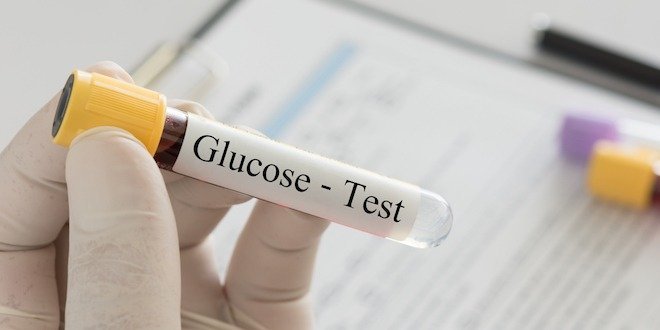The oral glucose tolerance test is conducted to measure the body’s capacity to handle the glucose amount. It is normally known as the Glucose Tolerance Test. The test is mostly used to detect Type 2 diabetes or prediabetes. Mostly, the test is conducted as a normal checkup, even without any particular symptoms. One of these kinds of tests is also done during pregnancy.
Significance of Oral Glucose Tolerance Test:
The test measures how quickly glucose is cleared from the blood after a person drinks glucose-containing liquids. It can be used for testing diabetes, insulin resistance, impaired beta cell function, and, at times, hypoglycemia.
What do you infer from the Oral Glucose Tolerance Test?
The oral glucose tolerance test helps in determining whether you have diabetes already or the risk of having it.
This test also lets you know the level of glucose in your body. Whether it is high and needs a diagnosis for diabetes or can be treated differently. The oral glucose tolerance test (OGTT) is also used to test for gestational diabetes, acromegaly, and rare disorders of carbohydrate metabolism.
How is The oral glucose tolerance test conducted?
For conducting the test you need to at least fast for 8 hours before the test.
You need to give your blood sample after fasting for 8 hours to identify the blood glucose levels.
After giving a blood sample, you will be advised to drink a liquid that contains a particular amount of glucose, mainly 75 grams. The amount of glucose intake may vary depending on the body weight and age. Children might require a smaller amount of glucose intake. In this case, pregnant women may require 100 grams of glucose.
The blood sample of the patients is taken periodically every 30 to 60 minutes. This continues for three hours to measure the correct blood sugar levels.
In case you have type 2 diabetes then aging the blood is taken after 2 hours from drinking the water.
To get reliable and proper results, the person must be in normal health. He should be active and should not be taking any kind of medicine. As medicines might affect the blood sugar level.
It is advised that three days before the test the person must intake a diet high in carbohydrates. The amount of carbohydrate intake must range between 150 to 200 grams. Avoid smoking, drinking, or having coffee in the morning before the test.
What do the results say?
If a person going through the test is not diabetic then the glucose level rises and then falls very quickly. If the person is suffering from diabetes then the glucose level rises higher than originally and slowly falls.
If you have glucose levels in between normal and diabetic then it is termed as “ impaired glucose tolerance” IGT.
Importance of Glucose Tolerance Test:
- The test lets you know whether you’re diabetic or not even before the symptoms appear.
- Gestational diabetes screening is done in pregnant women using OGTT. This is done between 24 to 28 weeks of pregnancy. It helps you to detect the risk factors beforehand.
- An oral glucose tolerance test can be done in case of an abnormal HbA1c test or glucose challenge test. As this test is more sensitive for diagnosis.
- The test shows a clear picture of how your body removes sugar from the blood into tissues. In case the blood sugar level takes more time to get normal, then you may be diabetic.
- Other than identifying diabetes, the Oral Glucose Tolerance Test helps you detect hypoglycemia and acromegaly (a hormonal condition). It also helps you to detect impaired beta cell function and insulin resistance.
Frequently Asked Questions (FAQs)
How often should I get an oral Glucose Tolerance Test if I have diabetes?
The gap in the duration depends on the type of diabetes being conducted, and You need to talk to your doctor about the exact duration for doing an oral Glucose Tolerance Test.
In case of pregnancy, you must have an OGTT in four to 12 weeks after giving birth in case you have type 2 diabetes.
What are the indications that I need to get an OGTT?
Mostly it is prescribed by the doctors.
However, having abnormal results from other tests like high HbA1c levels or glucose challenge tests are signs that you must take OGTT.
People having polycystic ovaries syndrome, overweight or prediabetes must take this test.
Can an OGTT detect other health conditions besides diabetes?
Yes, OGTT can detect other health conditions besides diabetes like Reactive Hypoglycemia, Acromegaly, Impaired beta cell function, and insulin resistance.
What is the major difference between the OGTT and other diabetes screening tests?
The Oral Glucose Tolerance Test (OGTT) differs from other diabetes tests mainly in its procedures, sensitivity, and also the conditions used to diagnose.
Conclusion
The oral glucose tolerance test is an effective test for detecting type 2 diabetes and blood glucose tolerance levels. It provides you with significant results. You can do this test even without any prior symptoms of diabetes as a routine check-up. As the risk of diabetes is increasing you must consult a doctor and conduct this test.

